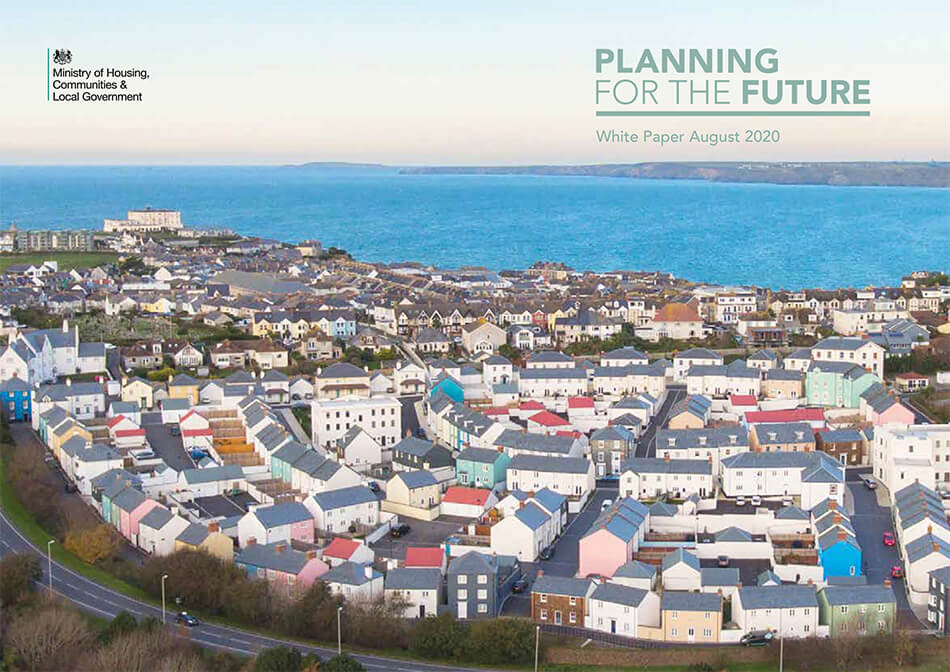Planning for the future – Article #4
The government’s white paper Planning for the future seeks a “significantly simpler, faster and more predictable system” through a number of high-level reforms which seek to streamline the planning process.

Boyer have reviewed the proposed amendments to the system and assessed how these could have impacted a number real life projects that we have worked on in recent years. This is the final article in a series of four which considers the implications on a range of projects.
Large-scale opportunity area redevelopment
In 2015, Boyer successfully secured hybrid outline and detailed planning permission for a large multi-phased, residential led redevelopment scheme within an industrial area of inner London. The site had been allocated as part of a wider opportunity area, and an opportunity area planning framework had been drawn up by the Greater London Authority in partnership with the local authority.
Under the new white paper proposals, rather than being identified as a specific opportunity area, the site would have been classified within the borough’s new local plan as a “growth area”, suitable for substantial developments. A key difference is that, upon the adoption of the local plan, outline planning permission would have been automatically granted for the specified uses at the site. The local plan could also specify parameters relevant to the site and its development (such as height, density and scale). The government’s intention is that this de facto outline permission granted by the local plan will provide greater certainty for developers.
In reality, Boyer secured a specific outline planning permission for the site, which contained considerably more detail (such as precise building parameters, numbers of units and a detailed design code) than it is anticipated would be provided within a high level Local Plan designation of a growth area envisioned by the white paper. This raises the question whether future outline permissions granted on Local Plan adoption would actually carry sufficient detail to provide the desired level of certainty required by the developer? Will, in reality, the necessary reserved matters applications be essential to provide developers with a sufficient level of certainty, meaning that no real change occurs?
The government envisages that, as a mandatory condition of the outline permission granted to growth areas by the Local Plan, a masterplan and site-specific design code must be prepared before detailed proposals come forward. As is common with applications for outline permission, developers could continue to produce design codes, as was the case in our example, albeit these were developed as part of the outline planning application, rather than as a condition of a pre-existing outline permission granted by the local plan. The Government states that those drawing up codes should consider “empirical evidence of what is popular and characteristic in the local area” and that designs and codes should only be given weight in the planning process if they can demonstrate that this input has been secured. This does raise the question as to whether design codes should be tested at examination to enable them to have the full weight of the Local Plan?
Several years after the initial outline permission, Boyer secured planning permission for a Section 73 application, which optimised the original permission to increase the site’s overall maximum housing delivery by an additional 340 homes. Under the white paper system, this increase may have exceeded the parameters originally set for the growth area within the Local Plan. This raises the question as to how such a proposal, not in in strict compliance with the prescriptive parameters, would be assessed? Would the local authority have considered that the proposed optimisation was not accordance with the development plan, thereby creating a higher bar and requiring the applicant to demonstrate that other material considerations indicated the development was acceptable.
